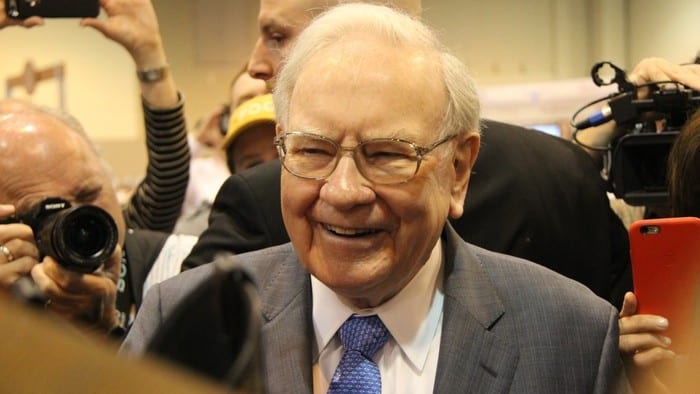Over the past few weeks, and particularly after yesterday's savage selling, more than a few investors have probably been tempted to sell some, or perhaps even all, of their ASX shares. No one likes seeing the value of their investments, which have been funded by our hard-working dollars, drop dramatically in value.
The feeling of helplessness that many investors feel at seeing their investments lose money out of their control compels many to pull the only lever they have at their disposal and sell out.
This is always done with the best intentions, of course. These investors usually think that they are only selling to avoid further losses, and will buy back in once everything starts going back up again. On the surface, it seems to be the smart thing to do.
Except it isn't. Study after study shows that attempts to time the market usually end in tears. The best investors tend to avoid such a strategy entirely.
One of those investors is the legendary Warren Buffett.
Buffett has pulled no punches in his long investing career at Berkshire Hathaway Inc (NYSE: BRK.A)(NYSE: BRK.B) about the dangers of selling stocks on a whim.
He has made dozens of pithy and memorable comments over the years about the dangers of selling out of a company just because its share price is falling.
Here are two:
Widespread fear is your friend as an investor because it serves up bargain purchases.
the market value of the bonds and stocks that we continue to hold suffered a significant decline along with the general market. This does not bother Charlie and me. Indeed, we enjoy such price declines if we have funds available to increase our positions.
Long ago, Ben Graham taught me that 'Price is what you pay; value is what you get'. Whether we're talking about socks or stocks, I like buying quality merchandise when it is marked down.
And for my personal favourite:
To refer to a personal taste of mine, I'm going to buy hamburgers the rest of my life. When hamburgers go down in price, we sing the 'Hallelujah Chorus' in the Buffett household. When hamburgers go up in price, we weep.
For most people, it's the same with everything in life they will be buying — except stocks. When stocks go down and you can get more for your money, people don't like them anymore.
Does Buffett ever sell stocks?
I hope by now you can get the gist of what Buffett is trying to say. No one who is investing for long-term wealth should be scared of a stock market dip, dive, correction or crash. It simply gives us the chance to buy shares of quality companies at cheaper prices. To sum it up, a wobbly market means we should be thinking about what to buy, not what to sell.
Buffett has also stated that he hates selling a company because it means that he has usually made some kind of mistake. He famously once said that "when we own portions of outstanding businesses with outstanding managements, our favourite holding period is forever".
Buffett only sells when he realises that a business that perhaps once was outstanding is no longer worthy of owning. Buffett does sell stocks. But he never does so just because the price is going down. Remember that next time you are feeling nervous about the value of your own holdings during the market's next tumble.









